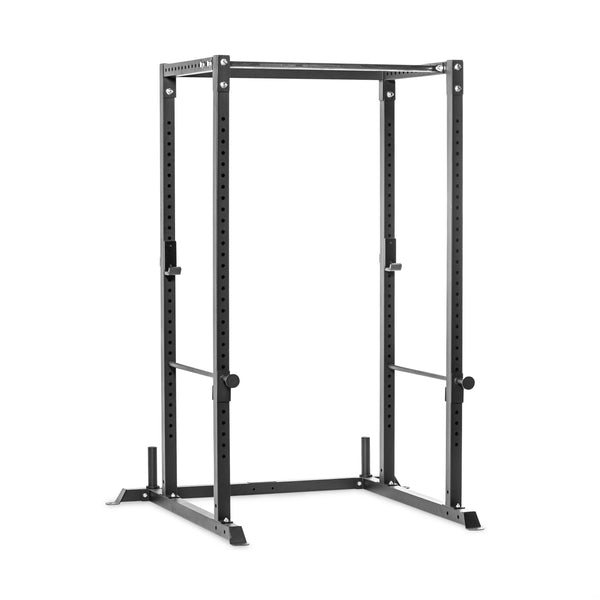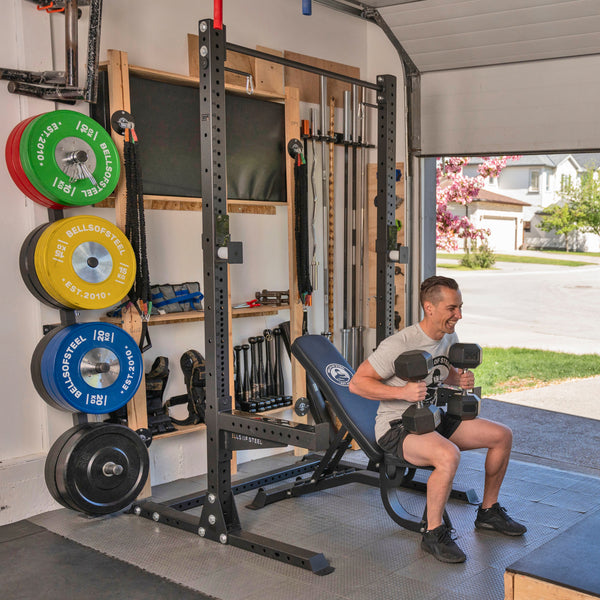If you’ve ever set foot in a gym, chances are you’ve encountered a Smith Machine.
Its barbell, locked into vertical rails, resembles a hybrid between free weights and a power rack.
While it’s often recommended for beginners or those training without a spotter, one question lingers for lifters at every level: Is the Smith Machine good for your back?
Let’s break it down from biomechanics to best practices to see how this piece of equipment stacks up for spinal health.
How the Smith Machine Can Help Your Back
1. Controlled Range of Motion
The Smith Machine offers a consistent bar path, reducing the need for balance and stabilization. This can benefit those recovering from injury or back pain, as the controlled movement lowers the risk of awkward shifts or jerky motions.
2. Beginner-Friendly
The Smith Machine provides a forgiving learning curve for new lifters who haven’t developed the core strength or motor control required for free weight squats or deadlifts. It’s especially useful for teaching proper depth and form without overloading the spine.
3. Increased Safety
During exercises like squats, the safety catches & hooks on the Smith Machine can catch the bar if you fail a rep. This is particularly useful if your back is sensitive and you want to avoid the risk of a sudden drop or strain from bailing out under a heavy load.
How the Smith Machine Can Hurt Your Back
1. Fixed Bar Path
The Smith Machine’s bar moves on a fixed rail, which means your body has to adapt to the machine—not the other way around.
During squats, for instance, you may need to place your feet far forward to isolate your quads while sparing your back, even though that position would have you falling backward with a free weight.
These forced adjustments can compromise natural joint alignment and increase strain on your lower back if not done correctly.
2. Improper Use of Safeties
Just because the bar is on rails doesn’t mean it will catch you if things go south. You still need to set the safety stops or use the built-in springs.
If you're lifting heavy and don’t have those protections, the machine won't save you. Treat the Smith like any other barbell, and set up safety features before your lift.
3. Overloading Too Quickly
Without stabilizing the bar, it’s easy to overestimate your true strength. But just because the lift feels easier doesn’t mean your body is ready to handle big jumps in weight.
Overloading too quickly—especially with spinal-loaded exercises—can lead to injury. Stick to a gradual progression, just as you would with free weights.
Final Thoughts
If used correctly, the Smith Machine can support your back—especially during recovery, isolation work, or solo lifting. However, over-reliance on its fixed range of motion can lead to poor biomechanics and muscular imbalances that ultimately stress your spine.




